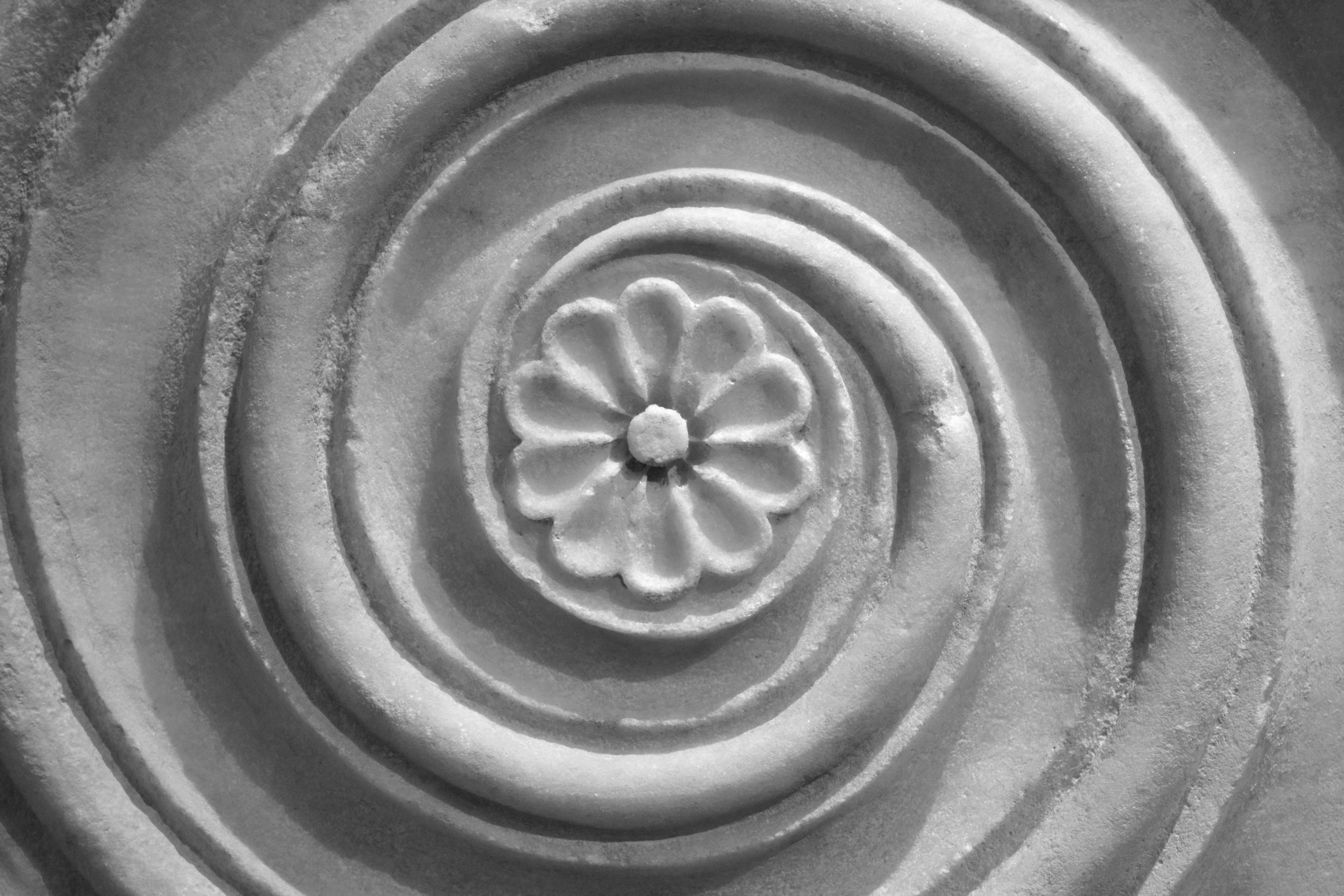
What are the main causes of moonquakes and how do they differ from earthquakes?
Introduction
A moonquake is a seismic activity occurring on the Moon. Unlike earthquakes on Earth, which are generated by tectonic plate movement, moonquakes are primarily caused by factors specific to the Moon’s geology and celestial influence.
Causes of Moonquakes
Moonquakes have several causes, including:
- 1. Tidal Forces: The gravitational pull of the Earth and the Sun causes tidal forces on the Moon, resulting in stress within its rocky structure.
- 2. Impact Shocks: The Moon’s surface is constantly bombarded by meteoroids, which generate seismic waves upon impact.
- 3. Thermal Expansion and Contraction: The extreme temperature fluctuations experienced on the Moon cause its surface to expand and contract, leading to quakes.
- 4. Fault Slippage: Although the Moon no longer has tectonic plate movement like Earth, remnants of ancient fault lines can still trigger moonquakes.
Types of Moonquakes
Moonquakes can be categorized into three main types:
- Deep Moonquakes: These quakes occur deep within the Moon’s interior, lasting for many minutes. It is believed that they are primarily caused by tidal forces exerted by the Earth.
- Shallow Moonquakes: Shallow moonquakes tend to be more localized near the lunar surface and are relatively short-lived. They are likely triggered by meteoroid impacts or by thermal stresses.
- Thermal Moonquakes: These quakes are associated with the expansion and contraction of the Moon’s surface due to temperature changes. They usually occur during the transition from day to night, when the temperature gradient is most significant.
Conclusion
Moonquakes provide valuable insights into the geological and structural aspects of the Moon. Studying these quakes helps scientists understand the Moon’s past, its geophysical properties, and the impact of celestial forces. By uncovering their causes and different types, we can continue to expand our knowledge of our closest celestial neighbor.
rnrn




















